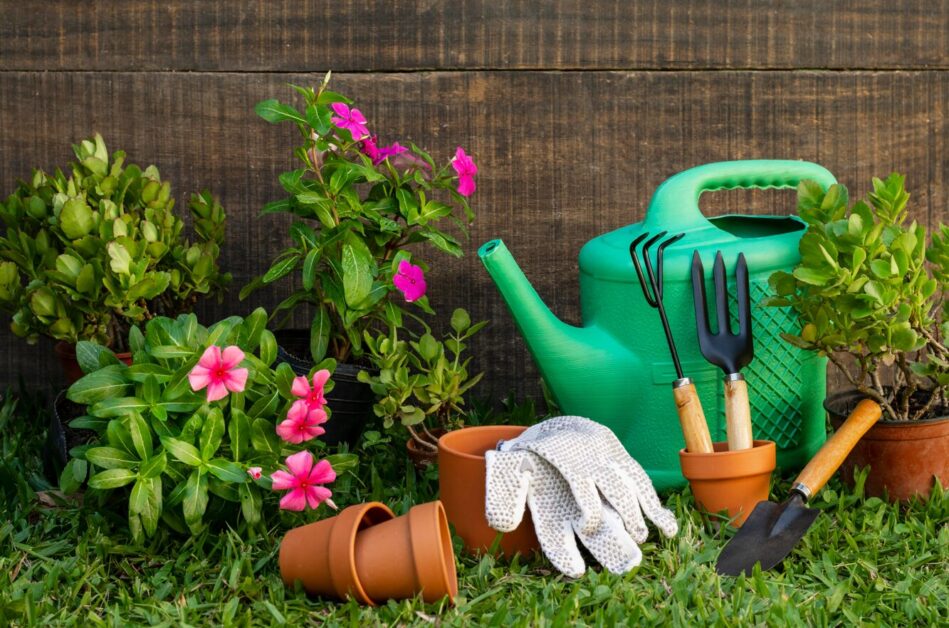When it comes to low-maintenance, efficient plant nutrition, using a slow release fertilizer is one of the most effective strategies for home gardeners. Unlike quick-acting fertilizers, slow release fertilizers steadily deliver nutrients over an extended period—minimizing leaching, reducing waste, and supporting consistent plant growth. This guide explores the best slow release fertilizer choices for home gardens and offers practical advice on how to use them properly for optimal results.
What to Look for in a Slow Release Fertilizer for Home Gardens
Choosing the best slow release fertilizer starts with understanding what makes one effective for home garden conditions. The formulation, nutrient balance, and type of coating or release mechanism all play a role.
Here are some essential qualities to consider:
- Balanced Nutrient Composition: Look for fertilizers with N-P-K values suited for your plant types. A balanced product like Ugarit 27-27-27 + TE provides equal parts nitrogen, phosphorus, and potassium—ideal for a wide range of plants.
- Micronutrients: A good slow release fertilizer includes essential trace elements. SULFOMIX, with its combination of iron, zinc, magnesium, manganese, copper, and boron, enhances soil health and plant resilience.
- Organic Components: Products like Ugarit 10-0-5 + 70% Organic Matter incorporate humic and fulvic acids, improving soil structure and microbial activity.
- Low Leaching Potential: Coated granules or gels, such as those in Biofast, reduce the risk of runoff and ensure nutrients remain available over time.
Top-Rated Slow Release Fertilizer Brands for DIY Gardeners
For home gardeners looking to simplify nutrient management, selecting a reliable slow release fertilizer brand is key. Here are some high-performing options from the YaraFert portfolio:
- Ugarit K-T-S 70: With 36% potassium and 70% sulfur, this liquid fertilizer supports fruit and flower production while enhancing disease resistance.
- SULPHOMIN: A liquid formula offering 45% nitrogen and 15% sulfur, this product suits nitrogen-hungry vegetables and fast-growing foliage plants.
- Ugarit Multi: Combining potassium (30%), sulfur (32%), and calcium (10%), it’s ideal for root development and fruit-bearing crops.
These formulations provide long-term feeding with minimal intervention, making them perfect for busy home gardeners.
How Soil Type Affects Slow Release Fertilizer Selection

Soil characteristics significantly influence the effectiveness of any fertilizer. Matching the right slow release fertilizer to your garden’s soil type ensures optimal nutrient uptake.
- Sandy Soils: These drain quickly and may benefit from formulations rich in humic matter, like Ugarit 10-0-5 + Organic Matter, to retain moisture and nutrients.
- Clay Soils: Dense and compact, clay soils often require a balanced formula with micronutrients, such as Ugarit 25-25-25 + TE, to improve plant health and root development.
- Loamy Soils: These well-balanced soils work well with multi-nutrient slow release products like Ugarit 40-10-10 + TE for steady feeding across plant stages.
Before selecting a fertilizer, conduct a simple soil test to determine pH, organic matter, and nutrient deficiencies. Tailoring your fertilizer strategy to soil conditions prevents overfeeding and maximizes efficiency.
Application Methods for Slow Release Fertilizer in Small Beds
Applying slow release fertilizer correctly ensures that nutrients are delivered effectively and safely. In small garden beds, precision and uniformity are critical.
Use these tips to guide your application:
- Incorporation into Soil: Mix granular or powdered fertilizers like Ugarit 0-52-34 into the top few inches of soil to place nutrients near the root zone.
- Top-Dressing: Sprinkle fertilizer around the base of established plants. Products like Ugarit DKP and Super DKP provide strong phosphorus and potassium support for flowering and fruiting stages.
- Spot Treatment: Use localized applications for specific plants needing extra support. For example, apply CALCIMAG around calcium-deficient tomatoes.
- Water-Soluble Suspension Use: Slow release suspensions like Ugarit 10-10-40 + TE offer controlled feeding through drip irrigation or foliar spray, making them ideal for smaller, densely planted beds.
Common Mistakes Using Slow Release Fertilizer at Home

Even with high-quality products, missteps in application can compromise your garden’s health. Avoiding common errors helps you get the most out of your slow release fertilizer investment.
Be aware of these pitfalls:
- Overapplication: More is not always better. Slow release fertilizers are concentrated—always follow dosage guidelines to avoid root burn.
- Incorrect Timing: Apply fertilizers based on plant growth stages, not a fixed calendar. For example, avoid applying high-nitrogen fertilizers during dormancy.
- Uneven Distribution: Patchy application leads to inconsistent plant performance. Use calibrated spreaders or hand-measurement for uniform coverage.
- Neglecting Micronutrients: Focusing solely on N-P-K and ignoring micronutrient needs can lead to poor plant color or reduced yield. A product like SULFOMIX addresses this gap effectively.
Conclusion: Optimize Your Garden with the Best Slow Release Fertilizer
Choosing the best slow release fertilizer for your home garden isn’t just about nutrient ratios—it’s about understanding your plants, soil, and seasonal rhythms. Products like Ugarit 27-27-27 + TE, Biofast, and SULFOMIX offer science-backed solutions for long-lasting, balanced nutrition. Whether you’re growing vegetables, flowers, or fruit trees, a well-chosen slow release fertilizer can significantly improve growth, resilience, and yields.
Ready to transform your garden into a thriving, low-maintenance oasis?
Explore our full range of slow release fertilizer solutions, including YaraFert’s advanced formulations, and get personalized guidance to suit your specific home gardening needs. Contact our agronomy team or visit our product catalog to get started today.




